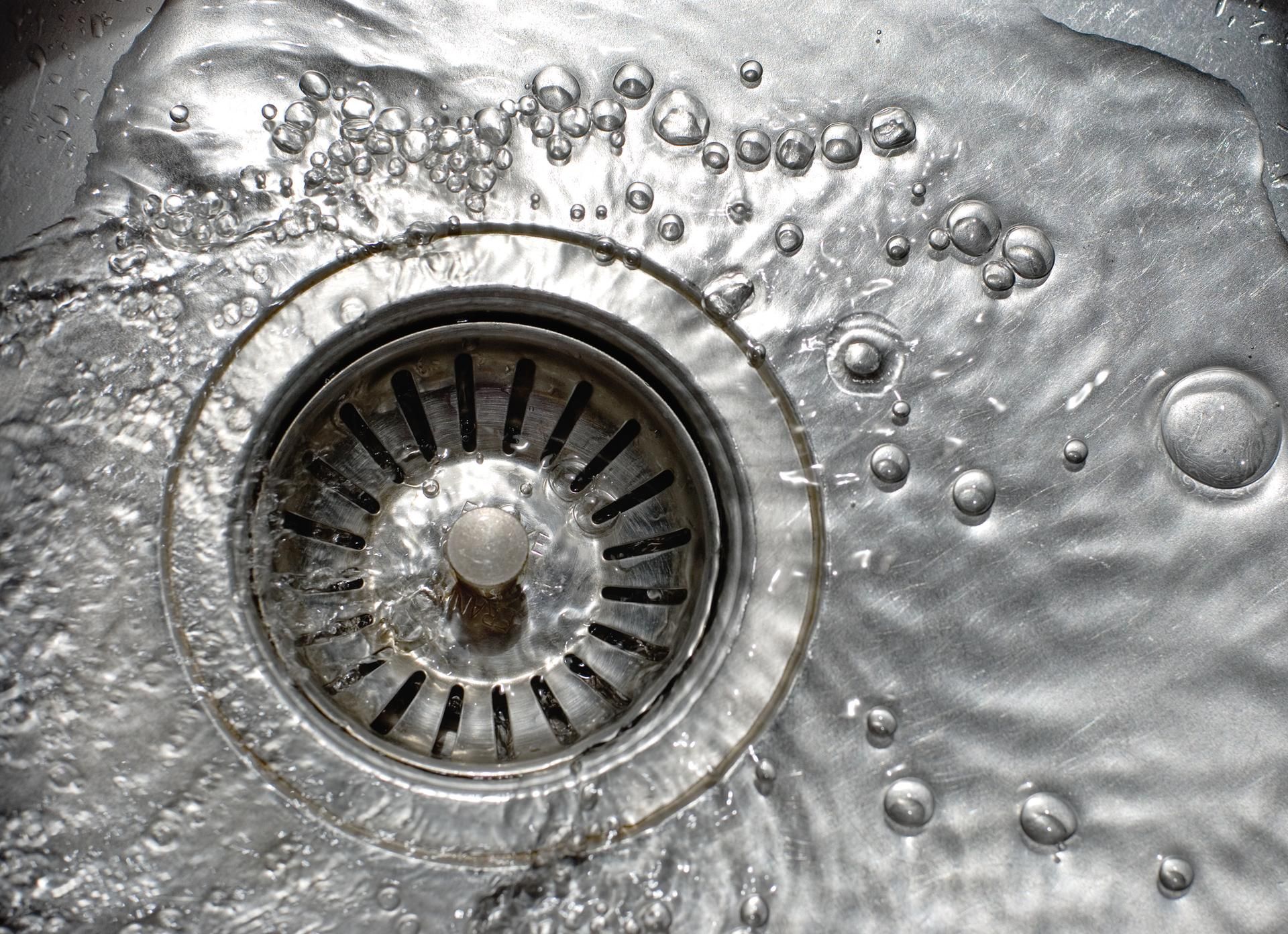MILITARY AND SENIOR CITIZEN DISCOUNTS AVAILABLE!
Why Is My Water Red? The Plumbing Behind Orange Colors
Have you ever turned on your faucet and noticed that the water coming out was tinged with a reddish or orange color? Do you ever see the water come up red only when you turn on the hot tap, but never if you do the cold? Is every tap in your home emitting a consistent stream of colored water and you just want to know what's up?
If you have, you're not alone. Many homeowners have experienced this phenomenon, but few understand what causes it to happen.
Fortunately, the answer is relatively simple: mineral buildup in your plumbing pipes. In this blog, we'll explain why your water may look reddish or orange, how it affects your plumbing, and what your plumber can do to fix it. After all, a common plumbing issue is often first discovered by the homeowner, and the more you know, the more you can do about it!
What Causes Reddish or Orange Water?
Let's start from the beginning here. The main culprit behind orange or red-tinted water is the presence of iron in your plumbing. Iron is a common mineral found in soil, and it can seep into your water pipes through underground roots or corroded pipes.
Some areas have more iron in their water than others, so you might experience iron in your water supply in one town, but not another. Over time, the iron can build up in your pipes and cause discoloration in your water supply. Sometimes, the red or orange color is due to rust that has formed from the corrosion of your plumbing system.
Have you ever had your water heater flushed and drained? If not, that could be your problem. sometimes (especially if the water is only affected when it's running hot) the hot water heater simply needs to be flushed and drained by your plumber and the water will run clear again.
Is Discolored Water Harmful?
In general, discolored water isn't considered to be harmful to your health. However, some people find that it can have an unpleasant taste or odor. Additionally, over time, the mineral buildup in your pipes can cause damage to your plumbing system, so it's a good idea to address orange or red-tinted water as soon as possible.
How Can Your Plumber Fix the Problem?
The good news is that if you have discolored water due to iron buildup, your plumber can help. One common solution is to install a water softener, which removes minerals like iron and calcium from your water supply. Another option is to install a filtration system that can remove any contaminants from your water supply. In extreme cases, your plumber may recommend a total pipe replacement, especially if your pipes are corroded or damaged.
How Can You Prevent Recurring Discoloration?
One of the best ways to prevent recurring discoloration in your water is to flush your pipes regularly. Flushing your pipes involves letting your water run for several minutes to help clear out any mineral buildup. You can also schedule regular maintenance checks with your plumber to ensure that your pipes are in good condition and to address any potential issues before they become major problems.
Orange or red-tinted water can be a cause for concern for many homeowners, but it's important to understand that it's a relatively common problem that has a simple solution.
Your plumber can help you determine the cause of your discoloration and recommend a course of action, whether that be installing a water softener or replacing your pipes. By taking proactive steps to address discoloration in your water, you can ensure that your plumbing system remains in good condition and that you always have access to clean, clear water.
Our team of plumbing specialists at Winn's Plumbing are here to assist you with all your plumbing needs. Call us today.

Schedule Now: 980-907-6588




